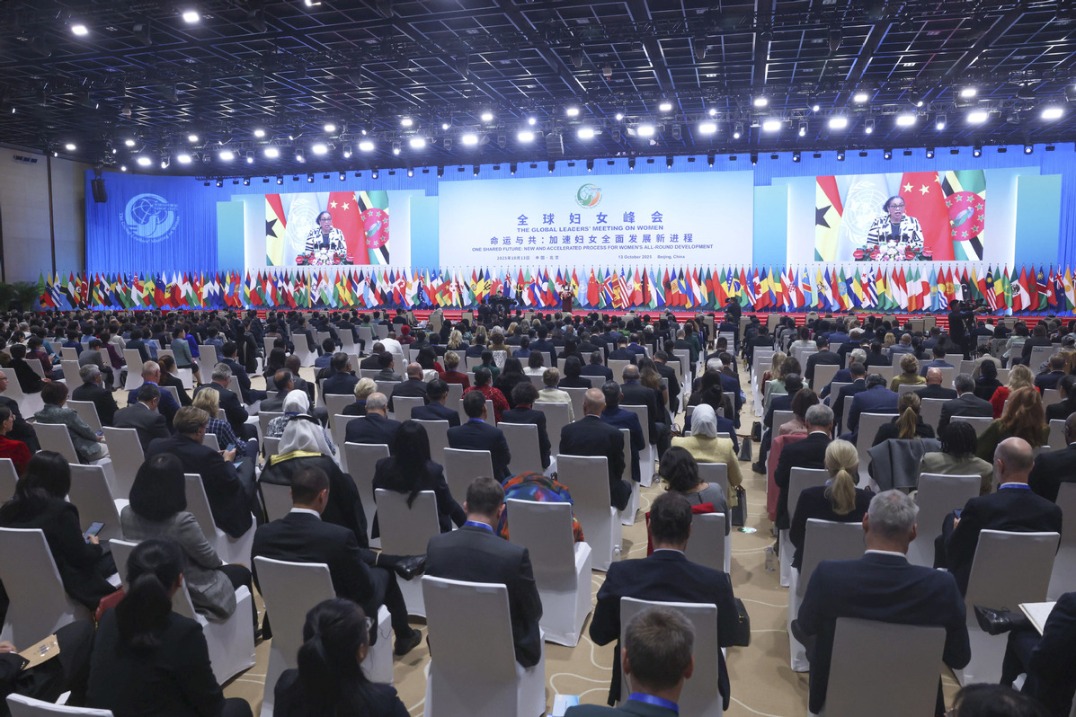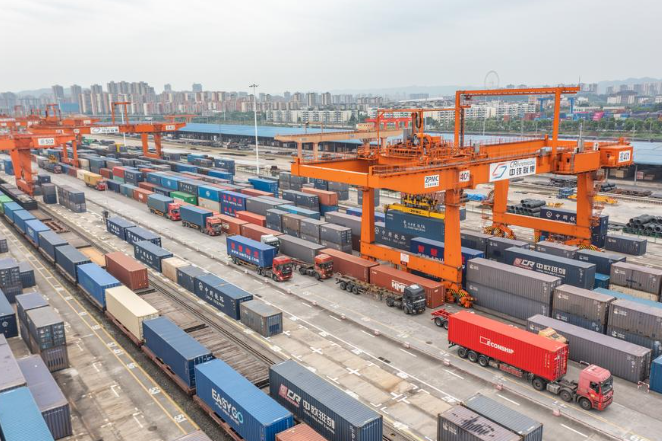Tariff issue beclouding US solar industry


The Trump administration's tariffs on imported solar cells and panels are not only hindering the industry's growth but also hurting jobs and threatening clean energy goals, according to a state official and industry advocates.
While struggling with the impact for nearly two years, the booming solar industry in the US has been dealt a fresh blow: The Trump administration rescinded a tariff exclusion for bifacial solar panels last month after it was granted in June.
The solar panels are now subject to the current 25 percent tariffs. Early last year, the US government imposed 30 percent tariffs on foreign-made solar products. Those tariffs are set to decline by 5 percent each year through 2022.
Nevada State Treasurer Zach Conine is concerned that the uncertainty surrounding the tariffs has created challenges for the state's working families by threatening good-paying jobs. Many states across the country are facing similar uncertainties with respect to their top industries, he said.
"Green Energy and the development of more sustainable technologies are on the rise here in Nevada. Our state currently leads the nation in solar power potential. It has installed more than 3,500 megawatts of solar power," said Conine.
In April, Nevada became the fourth US state to commit to 100 percent clean energy by 2050.
"Nevada homes and businesses that run on solar power depend on photovoltaic cells, and more than 60 percent of them come from China," said Conine.
"While Nevada remains committed to reducing our dependence on fossil fuels, our respective governments must work together to foster a renewed commitment to sustainability," he said.
The tariffs, which were intended to generate new jobs, were criticized by industry advocacy groups that argued that higher costs and uncertainty surrounding the added tariffs would lead to job losses.
Their argument was supported by the latest census of The Solar Foundation, a Washington-based advocacy group.
The US solar industry employed 10,000 fewer solar workers in 2017 and 8,000 fewer in 2018, which represents two consecutive years that solar employment has dropped after seven years of steady growth, according to the Solar Jobs Census. The Trump administration began mulling the tariffs in the first half of 2017.
The census shows that California, which dominates the US solar market, saw the greatest job loss in 2018, a decline of nearly 10,000 jobs, followed by Massachusetts and North Carolina.
Since the tariffs were imposed, some major solar companies have seen their stock prices fall. Shares of SunPower and First Solar, both solar manufacturers and developers, were down 45 percent and 40 percent respectively for the year.
Coupled with other tariffs on imported steel and aluminum, the uncertainty has impacted utility-scale development the most, as billions of dollars of new solar projects were postponed and installations scaled back, according to The Solar Foundation.
As a result, US solar photovoltaic capacity dropped 2 percent in 2018, which was caused, in large part by the imposition of tariffs on solar cells and modules, according to the Solar Energy Industries Association (SEIA), which estimated that nearly $8 billion in new solar investments were lost because of the tariffs.
The US solar industry's growth had been driven by tax incentives and the falling costs of imported panels, mostly from China.
SEIA President and CEO Abigail Hopper expressed concern that solar power couldn't compete as well against natural gas and coal as it had. She said the tariffs are "unnecessarily squeezing the supply of panels" in the US and inflating consumer prices.
The government, by revoking the tariff exemption, failed to address "the significant shortage of domestic solar panels" and the decision will "slow the growth of an American economic engine", she said.
































